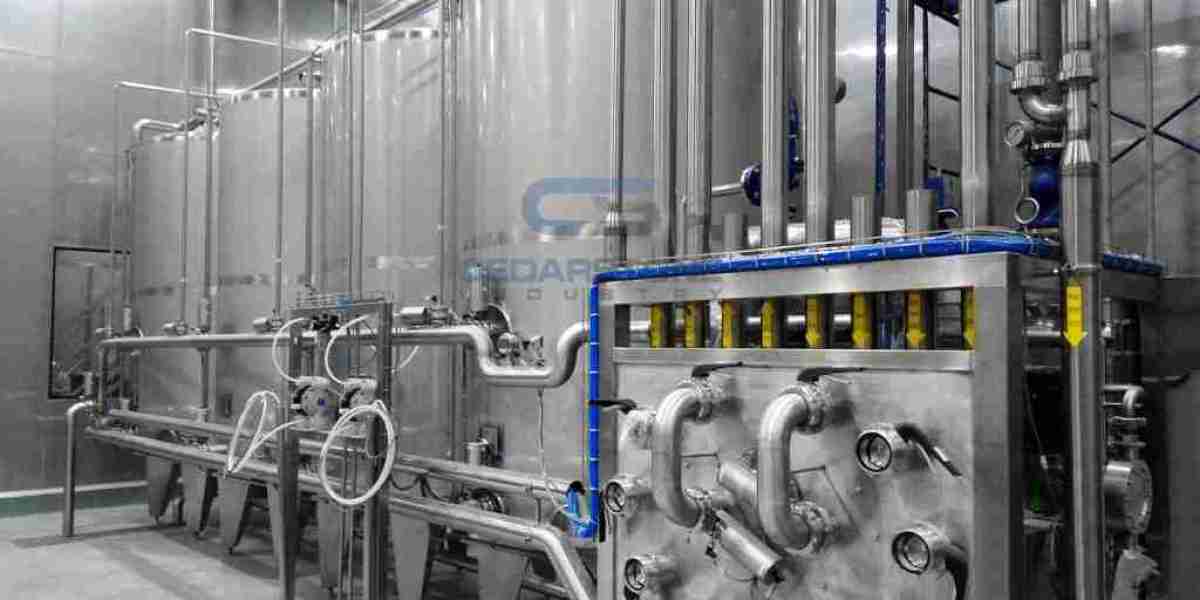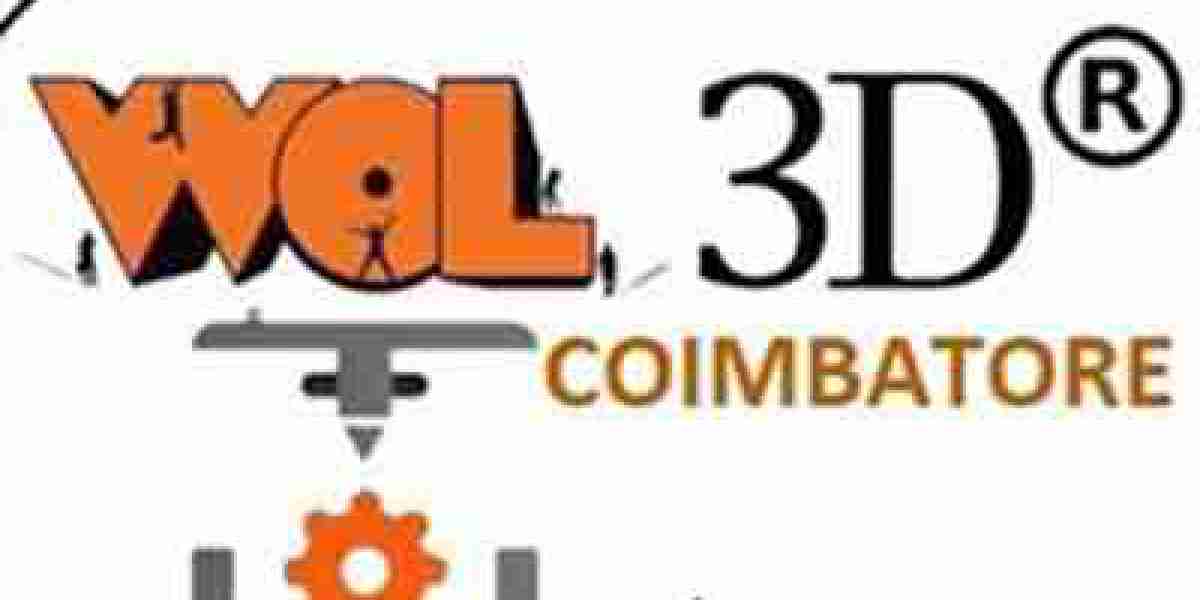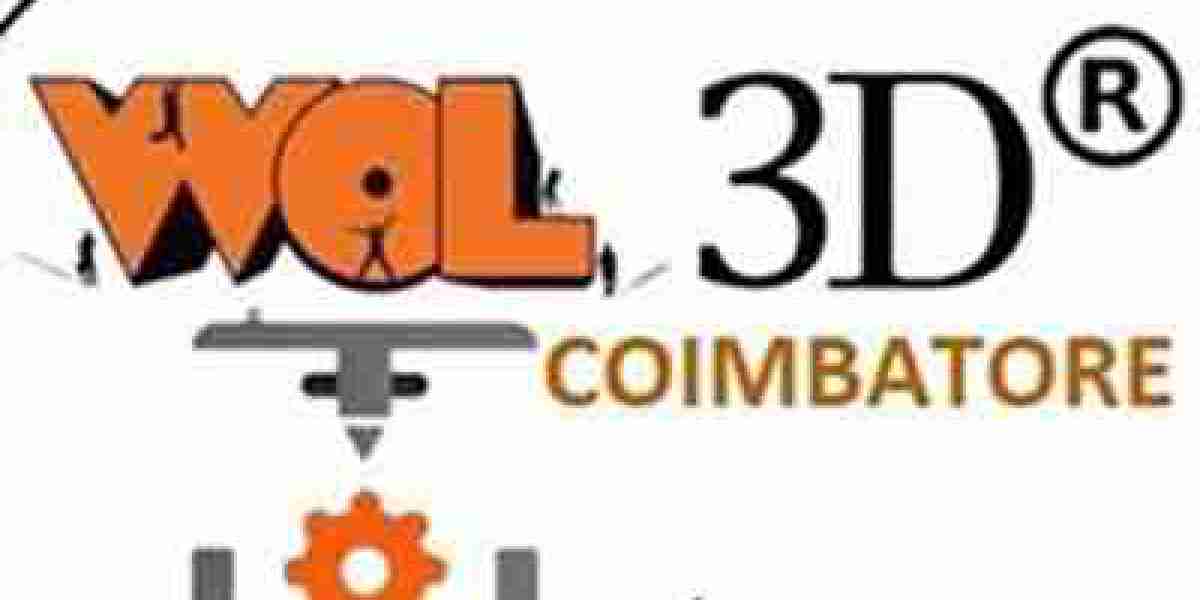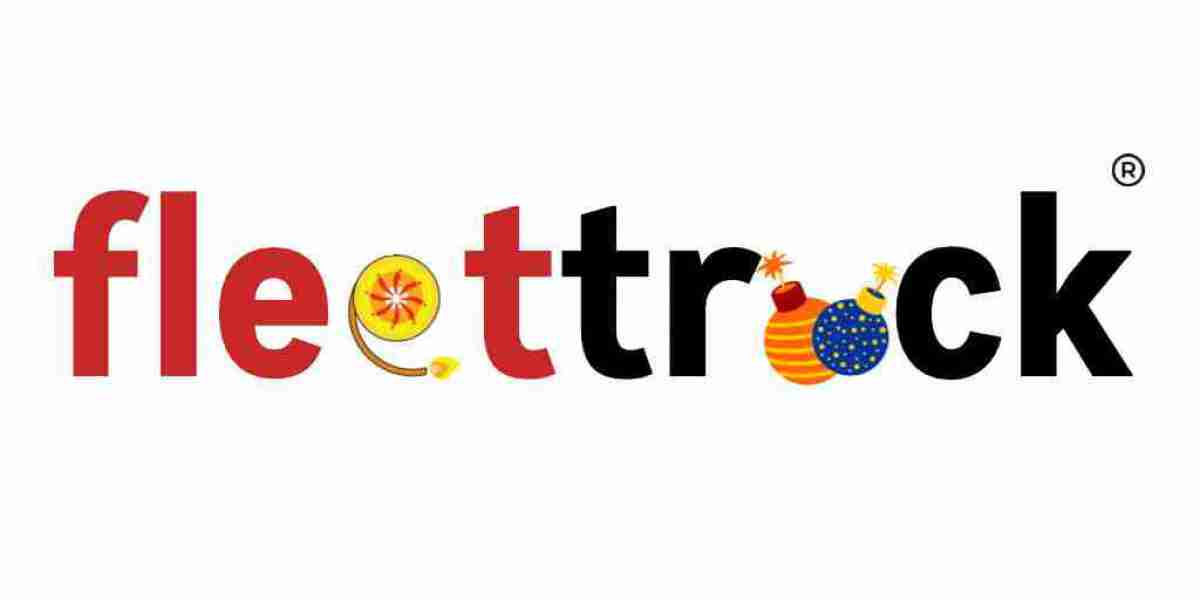In the world of pharmaceutical production, ensuring safety and quality are of utmost importance. One vital tool in achieving these goals is the use of CIP (Clean in Place) systems. These automated systems are designed to clean and sanitize processing equipment without the need for disassembly, saving both time and resources.
What are CIP Systems?
CIP systems are specially designed systems that are used to clean equipment and systems in place without the need for manual disassembly. They consist of tanks, pumps, valves, sensors, and control systems that work together to ensure that the cleaning process is thorough and effective.
How Do CIP Systems Enhance Safety?
One of the primary ways in which CIP systems enhance safety in pharmaceutical production is by eliminating the need for manual cleaning. Manual cleaning can be a time-consuming and labor-intensive process, and it also poses risks to workers who may come into contact with hazardous chemicals or biological agents. CIP systems automate the cleaning process, reducing the risk of human error and ensuring that equipment is cleaned to the highest standards.
Another way in which CIP system enhance safety is by reducing the risk of cross-contamination. Cross-contamination can occur when residues from one batch of product are left behind in processing equipment and then contaminate the next batch. CIP systems are designed to thoroughly clean and sanitize equipment, reducing the risk of cross-contamination and ensuring that each batch of product meets quality standards.
How Do CIP Systems Enhance Quality?
CIP systems play a crucial role in enhancing the quality of pharmaceutical products. By automating the cleaning process, CIP systems ensure that equipment is cleaned consistently and thoroughly, leading to a more hygienic production environment. This, in turn, helps to prevent product spoilage and contamination, ensuring that pharmaceutical products meet strict quality standards.
In addition, CIP systems can help to improve product consistency and reduce the risk of batch-to-batch variations. By ensuring that equipment is cleaned to the same high standard each time, CIP systems help to maintain product quality and consistency, leading to better overall product performance.
Conclusion
In conclusion, CIP systems are an essential tool for enhancing both safety and quality in pharmaceutical production. By automating the cleaning process and ensuring thorough sanitization of equipment, CIP systems help to minimize the risk of contamination, reduce the chance of human error, and improve product quality and consistency. For pharmaceutical manufacturers looking to maintain high safety and quality standards, investing in CIP systems is a wise choice.














